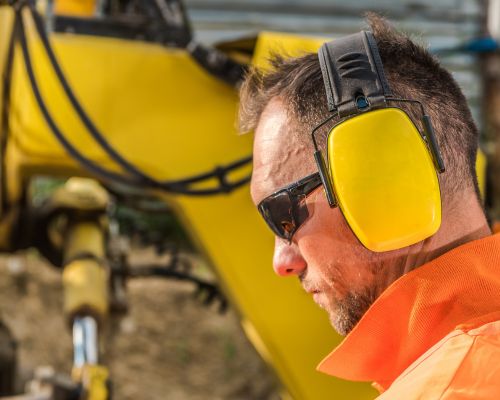The National Hearing Conservation Association (NHCA) developed clear guidance to help professionals accurately determine and record occupational hearing loss on the OSHA 300 Log. The document addresses widespread under-reporting of hearing loss and clarifies professional and ethical responsibilities when evaluating work-relatedness.
NHCA emphasizes that any hearing loss that is “more likely than not” work-related must be recorded. Even if non-occupational factors contribute, work exposure that plays a contributing role—defined as a 51% probability or greater—meets OSHA’s recordability standard. The goal is to ensure transparency, accurate data collection, and better follow-up care for affected employees.
The guidelines outline best practices for determining work-relatedness, including consideration of:
- Noise measurements—especially exposures ≥85 dBA, which clearly fall within hearing loss risk levels.
- Audiometric configurations—recognizing typical patterns of noise-induced loss versus non-noise factors.
- Hearing protection use—noting that reported HPD use alone does not prove non-work-relatedness.
- Medical and exposure history—including non-occupational noise sources, age-related factors, and otological conditions.
- Retesting and documentation—encouraging follow-up audiograms and detailed written justifications for every determination.
The NHCA underscores that compliance with OSHA’s hearing conservation amendment alone does not guarantee non-work-relatedness—workers may still incur losses despite regulatory adherence. Professionals are urged to maintain objectivity, uphold ethical standards, and resist employer pressure to under-report.
Ultimately, these guidelines aim to improve accuracy in hearing loss reporting, protect workers through proper follow-up and counseling, and strengthen national hearing conservation efforts

